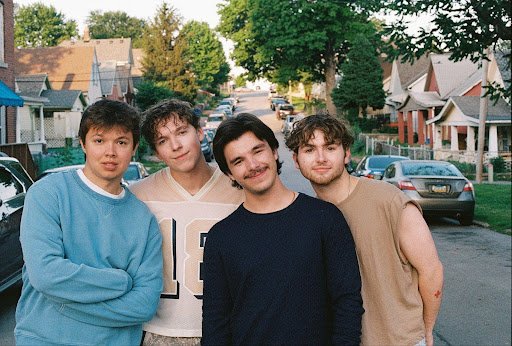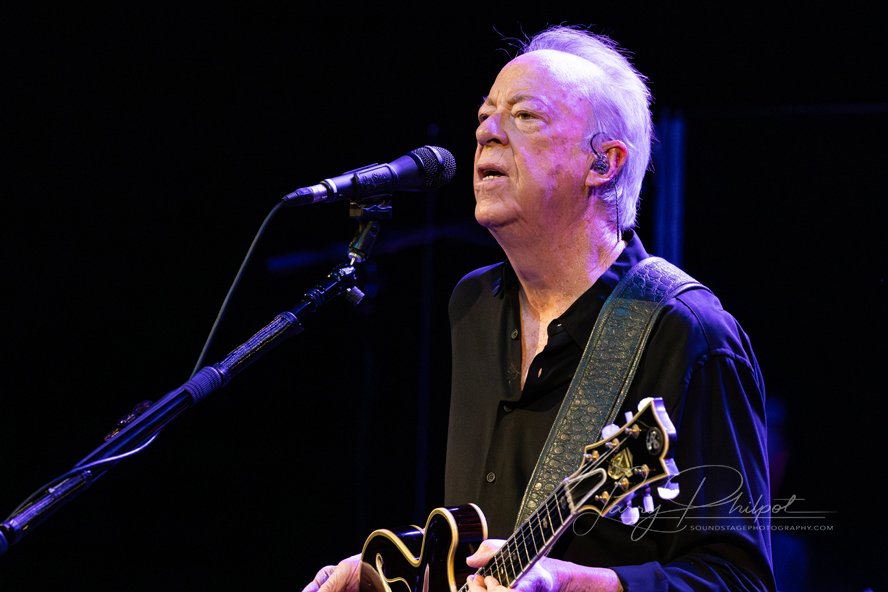The boardwalk lies quiet now, its wooden slats creaking under a lonesome winter wind. Once, it buzzed with summer’s pulse—laughter, neon lights, the clatter of carnival rides. For Keith Urban, born May 26, 1967, that fleeting magic of summer sparked a song that aches with longing. “‘Til Summer Comes Around,” from his 2009 album Defying Gravity, isn’t just a country ballad. It’s a story of love lost, stitched into a haunting melody. Let’s unravel the inspiration behind this track, where memory and heartbreak collide.
A Spark from Summer’s Glow
In a Nashville songwriting room, Keith Urban strummed a ghostly guitar riff. It wasn’t planned. The notes spilled out, heavy with atmosphere. His collaborator, Monty Powell, heard winter’s chill in those chords. Yet, they carried the faint echo of summer’s warmth. For Urban, the riff conjured memories of his Australian childhood. Summers on the beach stretched endlessly, filled with carefree joy. But winter always came, stripping the vibrancy away. Thus, the song’s seed was planted—a tale of waiting for a season, and a love, that might never return.
Urban and Powell leaned into this contrast. They pictured an abandoned amusement park, rides frozen in time. The setting felt perfect. It mirrored the emptiness of a heart left behind. So, they crafted a story not of triumph, but of longing. Urban, often the victor in his love songs, embraced a darker role here. Meanwhile, Powell pushed for raw emotion, urging Urban to dive deep. The result was a narrative that felt like a memory, vivid yet unattainable.

The Story in the Song
The song’s narrator is a man tethered to a summer romance. He meets a woman under the boardwalk’s bright lights. Their love burns fast and fierce, like a carnival ride. She promises to return when summer comes around. But she doesn’t. For five years, he waits, taking a job as a pier mechanic. He fixes the rides, hoping she’ll reappear. Instead, he’s left with memories, spinning like a carousel in his mind. Consequently, the lyrics paint this ache with precision: “Another long summer’s come and gone / I don’t know why it always ends this way.”
The song’s imagery is stark. Empty boardwalks and still rides reflect the narrator’s heart. Urban’s delivery, soft yet piercing, amplifies the pain. For instance, the line “I close my eyes and one more time / We’re spinning around and you’re holding on tightly” captures a desperate clinging to memory. It’s as if he’s trapped in a loop, reliving a moment that’s gone. Moreover, the organ and electric guitar weave a dreamlike texture, making the song feel like a late-night reverie.
Crafting the Sound
In the studio, Urban and Powell started simple. A drum machine set the rhythm. Powell played bass, Urban the guitar. They recorded rough work tapes, capturing the song’s raw emotion. Then, they handed it to producer Dann Huff. Powell avoided hearing the final mix until it was done. When he did, he was floored. Urban’s performance transformed their demo into something “really beautiful.” The slow tempo, paired with haunting instrumentation, gave the song its nocturnal glow. As a result, it stood out on Defying Gravity, an album of brighter hits.
Urban’s Australian summers shaped the song’s soul. He’s spoken of those endless beach days, where time felt suspended. But the shift to winter always brought a pang of loss. This duality fueled the song’s emotional core. Meanwhile, Powell’s vision of a deserted amusement park added a cinematic layer. Together, they crafted a story that felt universal—anyone who’s loved and lost could relate. Thus, the song became a vessel for shared heartbreak.

A Departure from the Usual
Urban’s catalog often brims with optimism. Songs like “Somebody Like You” radiate joy. But “‘Til Summer Comes Around” is different. It’s raw, unguarded. Powell encouraged Urban to embrace vulnerability, to play the “loser” in love. This choice gave the song its power. For fans, it was a revelation. Urban wasn’t just the charismatic heartthrob; he could embody quiet despair. Consequently, the song resonated deeply, especially with those who’ve waited for something—or someone—out of reach.
Some fans speculated about the woman’s fate. Did she die? Move on? The song doesn’t say. Its ambiguity is deliberate. It focuses on the narrator’s longing, not her story. This openness lets listeners project their own experiences. For example, some compared it to The Notebook, with its theme of love enduring against odds. Others saw it as a meditation on hope’s persistence. Either way, the song’s emotional weight lingers.
From Studio to Stage
Released in November 2009, the single climbed to No. 3 on Billboard’s Hot Country Songs chart. It also hit No. 58 on the Hot 100. Critics loved it. Thom Jurek of Allmusic called it “haunting, nocturnal, and dreamily textured.” Bobby Peacock of Roughstock praised its substance. Chris Neal of Country Weekly gave it 4.5 stars, noting how the setting mirrored the narrator’s heart. Meanwhile, fans rallied for its release. A petition on Urban Country Blog pushed for it as a single before Urban’s label agreed.
The music video, directed by Noble Jones, brought the song to life. Shot in January 2010, it captured the boardwalk’s desolation. Urban’s performance, both tender and raw, won Male Video of the Year at the 2010 CMT Music Awards. On stage, the song became a fan favorite. Urban’s live renditions, often stripped down, let the lyrics’ pain shine. For instance, a 2010 performance at the Grand Ole Opry left audiences hushed, absorbed in the story.
A Thematic Echo
Some fans see a connection to Urban’s later work. His 2011 single “Long Hot Summer” feels like a prequel. It captures the thrill of a summer romance, full of heat and possibility. In contrast, “‘Til Summer Comes Around” is the aftermath, the quiet after the storm. Together, they form a narrative arc—love’s rise and fall. This duality shows Urban’s knack for storytelling. He doesn’t just sing; he paints seasons of the heart.
Urban’s own life adds context. By 2009, he was married to Nicole Kidman, his life stable. Yet, he drew on past heartaches, perhaps from his younger years. He’s never confirmed the specific personal story behind the song. Instead, he’s said it’s about universal feelings—waiting, hoping, remembering. Thus, the song feels timeless, its emotions unbound by a single moment.
Why It Endures
Today, “‘Til Summer Comes Around” remains a standout in Urban’s catalog. Its haunting melody and vivid imagery linger. Fans still share stories online, connecting the song to their own lost loves. For example, a Reddit thread from 2023 described it as “the soundtrack to my summer breakup.” Others post photos of empty boardwalks, tagging Urban’s lyrics. Consequently, the song’s visual power inspires art, from fan edits to concert snapshots.
Urban himself has called it one of his proudest works. In a 2010 interview, he said it captured “the ache of what’s gone.” That ache is why it resonates. It’s not just a song; it’s a feeling. Whether you’ve waited for a person, a season, or a memory, it speaks to you. Below, hear it again, for the first time.











